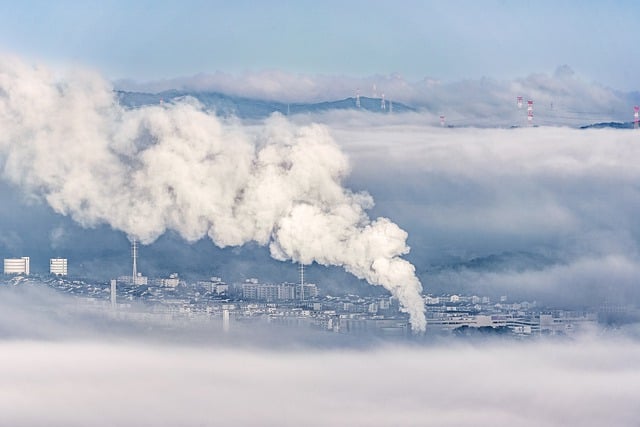We stand at a critical juncture in the fight against climate change. While the absolute necessity of drastically cutting greenhouse gas emissions is undeniable and remains our top priority, scientists and policymakers increasingly agree that simply reducing *future* emissions is no longer enough to avert the most catastrophic impacts on our environment. We also need to actively address the emissions already accumulated in the atmosphere. This is where carbon dioxide removal (CDR) comes into play – not as a silver bullet, but as a vital, complementary strategy in our global effort to stabilize the climate.
Think of it like this: imagine a bathtub filling up. Turning off the tap (emission reduction) is the most crucial step, but if the tub is already overflowing (accumulated CO2), you also need to start bailing out the water (carbon removal). The excess carbon dioxide in the atmosphere is driving the warming trends we are witnessing, impacting ecosystems, weather patterns, and human societies globally. Removing some of this excess pollution is becoming an essential part of restoring balance and protecting our planet.
Various methods fall under the umbrella of carbon dioxide removal, ranging from nature-based solutions like afforestation and enhanced soil carbon sequestration to technological approaches such as direct air capture (DAC) that sucks CO2 directly out of the air, and bioenergy with carbon capture and storage (BECCS). Each method has its potential benefits, costs, and challenges, but they share the common goal of actively reducing the concentration of CO2 in the atmosphere, thereby mitigating its warming effect and offering a path towards potentially reversing some climate impacts.
It is crucial to reiterate that CDR is not an excuse to slow down emission cuts. Aggressive and rapid reduction of fossil fuel use and other sources of greenhouse gases must remain the cornerstone of climate action. However, even with ambitious mitigation efforts, some level of warming is already locked in due to past emissions. Furthermore, hard-to-abate sectors like certain industrial processes or aviation may continue to produce emissions for some time. Carbon dioxide removal provides a necessary tool to counteract these residual emissions and, over the longer term, potentially lower atmospheric CO2 concentrations to safer levels, helping to safeguard the environment for future generations.



